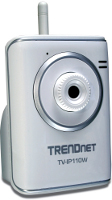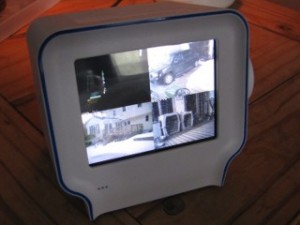I use off-the-shelf IP cameras but monitor them from a central server instead of looking at each camera’s own interface. In this setup it can be better to PULL images off the camera from the server instead of being PUSHED from the the camera to the server. Pushing images requires setting up each camera with the server information and a schedule to upload pictures, which can be sparse in options depending on the camera.
By pulling images on demand, the server can control the time interval and no special setup is required for each camera other than possibly setting up a user name and password for access. Most will require Basic Auth to access in image.
Here’s the JPG access URLs for cameras I’ve tested:
Panasonic cameras (C30A, C131A, C20A, C1A)
http://your.camera.ip.addr/SnapshotJPEG?Resolution=640x480&Quality=Standard&View=Normal&Count=1
Foscam (FI8918W, FI8910W, FI8904W, FI8905W, etc)
http://your.camera.ip.addr/snapshot.cgi
Trendnet (TV-IP110W)
These cameras are not good for this purpose. Only an ActiveX viewer is available for the web or FTP for single images to a server.
Windows PCs with webcams running Yawcam.
Enabling the web access port 8888 for example.
http://your.camera.ip.addr:8888/out.jpg

